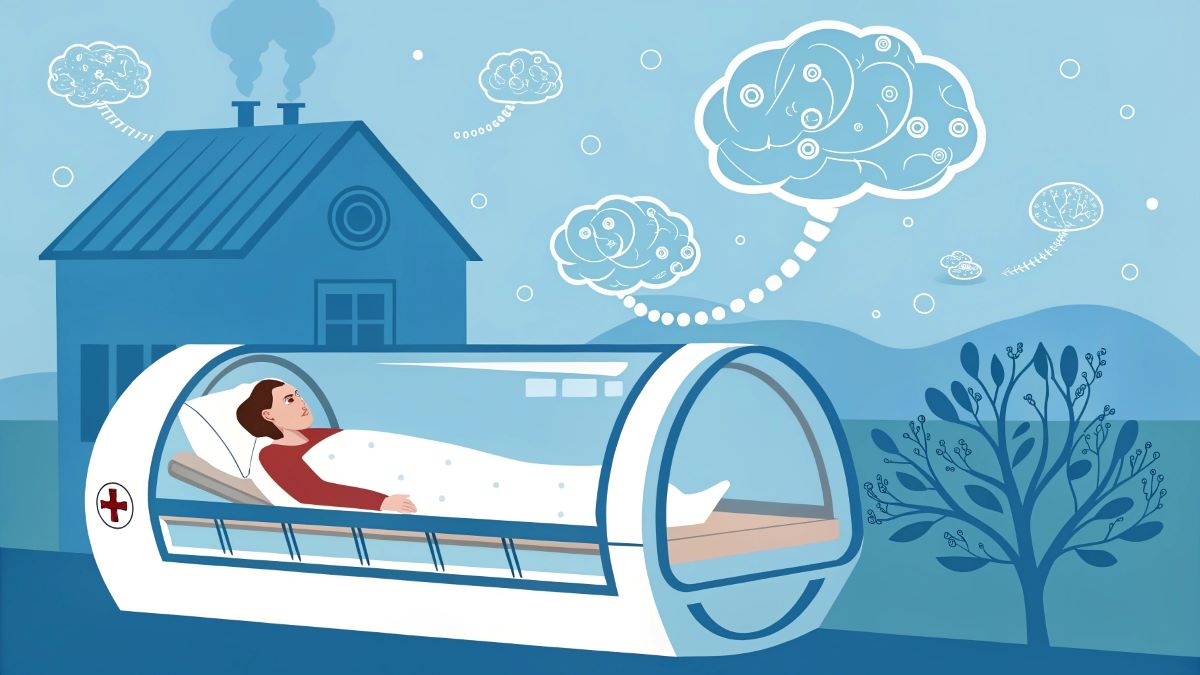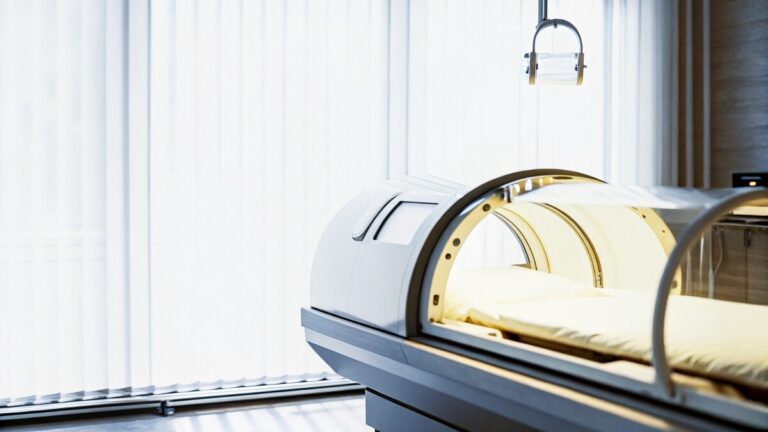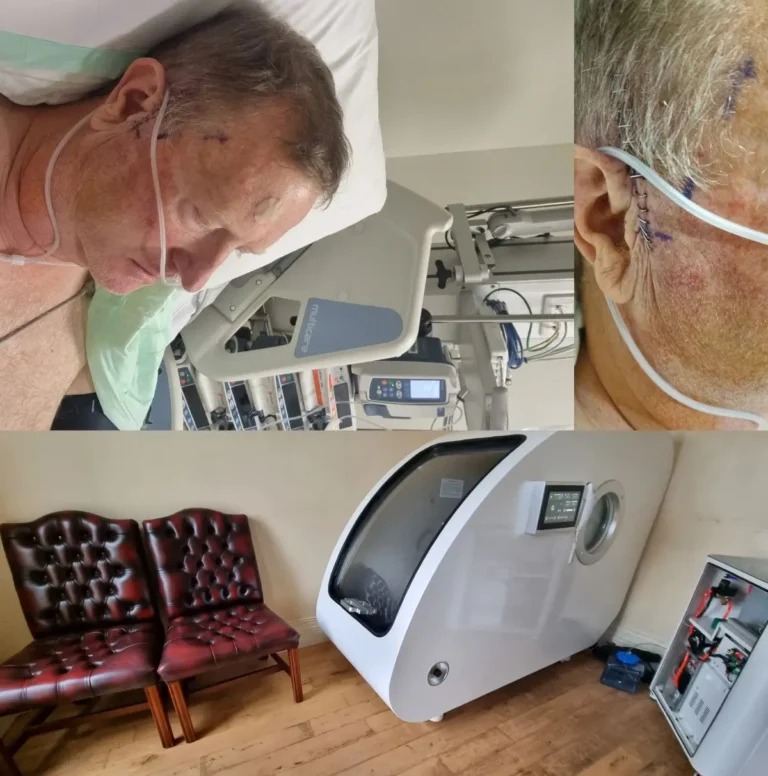Alternative Medicine Proves Its Worth in Emergency Care
Patients deserve swift, effective care when facing rare medical emergencies. Hyperbaric oxygen therapy can stabilize cerebral arterial gas embolism cases. Rural hospitals may lack this treatment, requiring creative solutions like outpatient transfers.
In a striking case from rural Indiana, a patient faced a life-threatening situation after a routine lung biopsy went awry. As detailed in a forthcoming study from Frontiers in Medicine by Dr. Mark M Walsh and his team at Saint Joseph Regional Medical Center, this incident shines a light on the power of alternative treatments like hyperbaric oxygen therapy (HBO) to address emergencies conventional hospitals might not handle alone. What happens when the tools you need aren’t where you are?
The patient, undergoing a percutaneous needle biopsy—a procedure to sample lung tissue—suddenly lost consciousness and suffered paralysis. A quick CT scan revealed the culprit: a cerebral arterial gas embolism, a rare condition where gas bubbles enter the bloodstream and block arteries in the brain.
According to the Frontiers in Medicine report, such embolisms can stem from medical procedures, known as iatrogenic interventions. Without rapid action, the outcome could have been grim.
Faced with a challenge, the rural hospital lacked an onsite hyperbaric chamber—a sealed unit that delivers pure oxygen at high pressure to flood the body with healing oxygen. So, the team made a bold move.
They transferred the patient to an outpatient wound care center equipped with this technology. Why not keep the patient in a high-tech hospital? Because sometimes, the best care lies in unexpected places.
At the outpatient facility, HBO worked wonders initially. The patient’s symptoms eased as oxygen dissolved the gas bubbles and restored blood flow. But the relief was short-lived—symptoms returned under normal air pressure. The team pressed on, moving the patient to another hospital for continued HBO. Eventually, the patient’s condition stabilized fully. Dr. Walsh’s team notes,
“This case demonstrates the importance of immediate treatment with hyperbaric oxygen” for such embolisms, as published in their case report.
This wasn’t a standard playbook move. Transferring from a rural hospital—a higher-level facility—to an outpatient center—a lower-level one—defies typical protocol. Yet, it underscores a truth I’ve long championed as an alternative medicine advocate: healing doesn’t always follow a rigid path.
The National Institutes of Health recognize HBOT as a proven treatment for decompression sickness and embolisms, yet many hospitals lack the equipment. Could this case spark a shift in how we view facility transfers?
Historically, HBO has roots in treating divers with “the bends,” but its uses have expanded. The Undersea and Hyperbaric Medical Society lists it as effective for 14 conditions, including gas embolisms. Still, access remains spotty, especially in rural areas. This Indiana case builds on precedents where quick thinking and alternative tools saved lives.
Dr. Jason A Bailey, a co-author from Goshen Health, highlights the need for flexibility. “When deemed clinically necessary and safe by bedside emergency physicians, it’s a viable option,” he writes in the report. The team calls for clear guidelines on such transfers to avoid delays—a practical step forward.
For health-conscious readers, this story resonates deeply. It’s a reminder that alternative therapies like HBO aren’t just fringe ideas—they can be lifelines. Have you ever wondered where your nearest hyperbaric chamber is?
As this case shows, knowing your options might one day matter. The full study, set to appear soon in Frontiers in Medicine’s Pulmonary Medicine section, offers a blueprint for adapting when the stakes are high.






